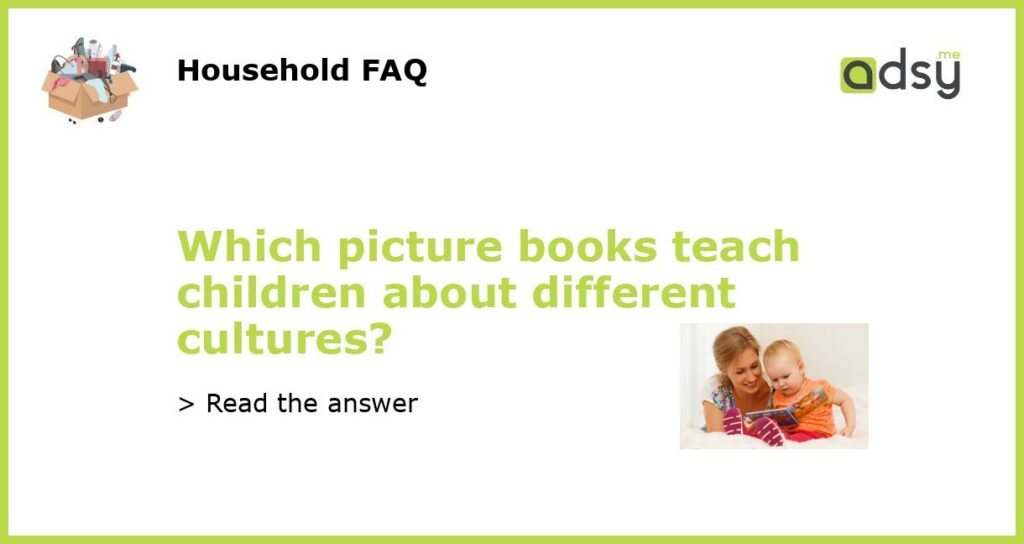Picture Books: A Gateway to Learning about Different Cultures
Picture books are a powerful tool for introducing children to different cultures and helping them develop an appreciation for diversity. These books not only showcase the beauty of various cultures but also promote empathy and understanding. With captivating illustrations and engaging stories, children can explore different countries, customs, and traditions. Below, we have curated a list of picture books that teach children about different cultures.
“The Name Jar” by Yangsook Choi
In “The Name Jar,” author Yangsook Choi tells the story of a young Korean girl named Unhei who moves to the United States. Unhei struggles with the idea of fitting in and decides to change her name. Through this heartwarming tale, children learn about the importance of embracing one’s identity and celebrating diversity.
“Last Stop on Market Street” by Matt de la Peña
In “Last Stop on Market Street,” author Matt de la Peña and illustrator Christian Robinson take readers on a bus ride through a diverse city. The main character, CJ, embarks on a journey with his grandmother and discovers the beauty in everyday life. This book celebrates the diversity of urban communities and teaches children to find joy in the little things.
“Mama Panya’s Pancakes” by Mary Chambers
“Mama Panya’s Pancakes” by Mary Chambers is set in rural Kenya and follows the story of Adika and his mother as they prepare pancakes for dinner. Through the sharing of a meal, this book introduces children to the culture and traditions of Kenyan villagers. It also highlights the value of generosity and community.
“The Storyteller’s Candle” by Lucia Gonzalez
“The Storyteller’s Candle” by Lucia Gonzalez tells the story of a young girl named Hildamar and her teacher, from Puerto Rico, who brings warmth and inspiration to their New York City classroom. This book shines a light on the experience of Latinx immigrants in the early 20th century and the power of storytelling to bridge cultural gaps.






